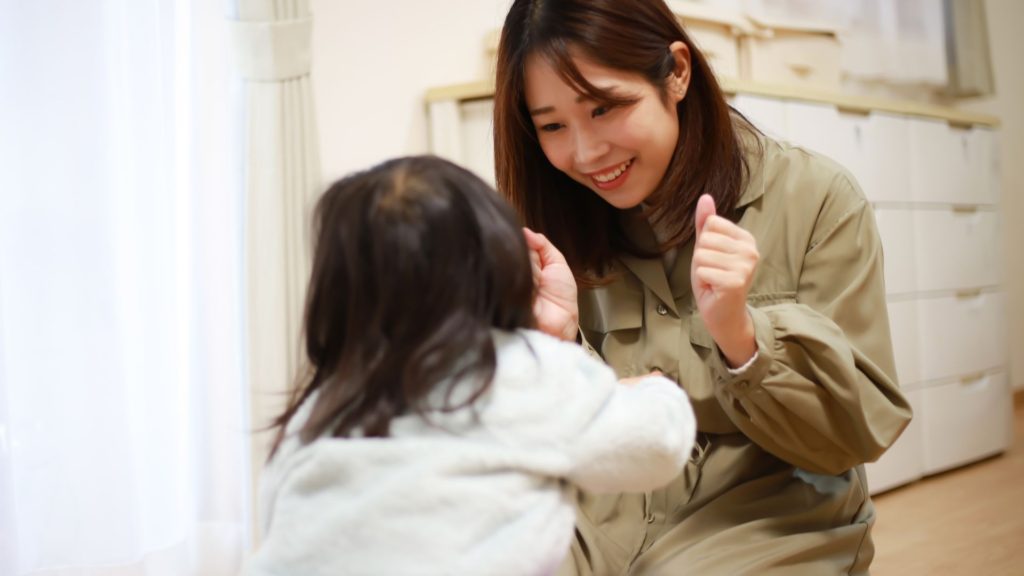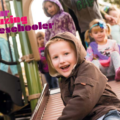When it comes to toilet training (or as some prefer to call it, “toilet learning”), people have strong opinions.
Judge-y comments are sometimes made: “Oh, Hugo is still in diapers?” observes an acquaintance. “Lennon was all done with that before his first birthday!”
She was no doubt referring to her success with “elimination communication.” This early approach to toilet training relies on a parent’s ability to read and recognize the signs that a child needs to eliminate. (This method is actually embraced in at least 75 countries, including India, Kenya, and Greenland.)
As with all things parenting, elimination communication has its advocates and its detractors. I can see both sides here, and I’m planning to devote a future column to a more objective review of the various approaches to toilet training. But for this month’s purposes, I’m more interested in how this stuff plays out in the real world.
For example, a friend of mine described how she once shared an office with a woman who was practicing the elimination-communication method with her child — on-site in their shared space. While my friend typed away on her laptop, her space-mate trailed her child, trying to prevent him from using the office floor as his diaper.
There’s no right age to toilet train, according to the American Academy of Pediatrics. Though every child is different, starting before age 2 isn’t recommended because the readiness skills and physical development needed for the task typically occur between 18 months and 2.5 years.
Clear your calendar
Today’s trendy toilet-training methods all seem to share a common theme: They require a significant investment of time and effort. Take, for example, the three-day potty training approach that’s been all the rage in my peer group.
Variations of this program abound, but the gist of it is this: You clear your schedule completely for three days, during which you stay home the entire time, potty chairs stationed in every room while your child capers about, pants-free.
Meanwhile, various “experts” are happy to advise you on ways to support your child’s toilet-training success during this intense time.
Julie Fellom, creator of the California-based Diaper Free Toddlers program — a three-day method “which waits until a peak time of toddler readiness/interest” — advises parents to make up a “potty dance” to celebrate their own toilet successes.
“If the parents do the potty dance for each other,” says Fellom, “the child understands that it’s fun and sort of a ‘family event’ when a family member uses the potty.”
The jury is still out on how motivating a potty dance will be for your child. I suspect potty dancing for your partner could become a high-risk activity for extinguishing the fires of love, but that’s just me.
The no-method method
My husband and I are too disorganized to implement any of these programs.
Therefore, our approach to toilet training our daughter was what you might politely call “relaxed.”
My philosophy was that toilet training was kind of like language immersion: If your kid spends enough time around “bathroom culture,” surely she’ll just pick it up naturally.
When this didn’t work, we dialed it up a bit, suggesting she “at least try” to sit on her potty chair before leaving to go on a long drive.
She was having none of it.
“I’d rather die than use the potty,” she declared.
I ran this scene past our pediatrician, who suggested that the whole endeavor had turned into a power struggle. She pointed out that learning to use the toilet was one of the few things a small child could actually control, and she advised we back off for at least a couple weeks. We followed her advice. No more helpful suggestions to “just try.” When it came to toilets, our lips were sealed.
And what do you know? Within all of three days, our daughter ditched her diapers and started using the toilet independently, as if she’d been doing it for months.
It had nothing to do with our efforts; in fact, our efforts ultimately proved to be counter-productive.
What I’m trying to say is this: Sometimes parenting success lies in following the path of least resistance.
Shannon Keough lives in Minneapolis with her husband and two children.





















